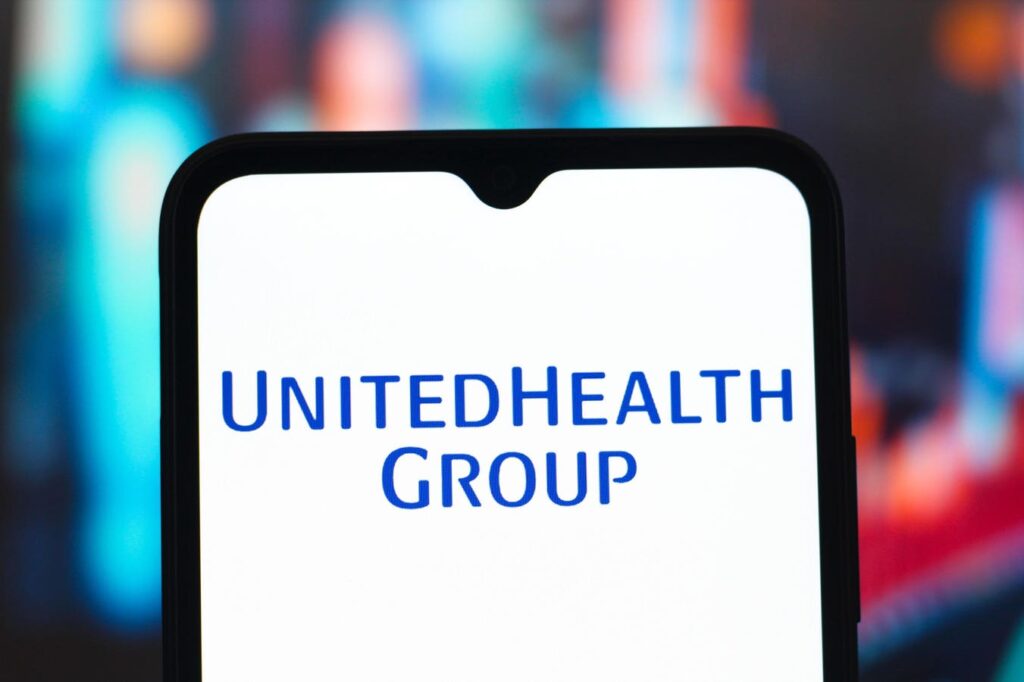UnitedHealth is set to announce its earnings on Thursday, April 17, 2025. Analysts project earnings per share of $7.29 on revenue of $111.6 billion. This marks an improvement over the year-ago period, which recorded an EPS of $6.91 on $99.8 billion in revenue. While continued growth in the company’s Optum and UnitedHealthCare segments is anticipated to drive top-line expansion, rising medical costs could weigh on overall profitability.
For event-focused investors, analyzing historical trends around UNH’s earnings can be insightful. One method involves assessing historical probabilities and initiating trades ahead of earnings. Another strategy considers the link between immediate and short-term returns following earnings to guide trading based on initial market response. Over the past five years, UNH stock has delivered a positive one-day return in 10 of 19 cases after earnings announcements. The median positive one-day gain stands at 4%, with the maximum reaching 7%. While earnings-driven reactions remain unpredictable, past performance suggests a nearly even chance of a favorable short-term move. For those seeking growth with lower volatility, the Trefis High-Quality portfolio offers an alternative, having outpaced the S&P 500 with cumulative returns exceeding 91% since inception.
See earnings reaction history of all stocks
UnitedHealth’s Historical Odds Of Positive Post-Earnings Return
Some key insights into one-day (1D) post-earnings returns:
- UNH reported 19 earnings over the last five years, with 10 resulting in positive 1D returns and 9 in negative returns, implying a 53% rate of positive returns.
- When narrowed to the past 3 years, the positive return rate rises slightly to 55%.
- The median return among the 10 positive outcomes is 4.0%, while the median of the 9 negative ones is -2.7%.
Further data for 5-Day (5D) and 21-Day (21D) returns post-earnings are presented in the table below.
Correlation Between 1D, 5D, and 21D Historical Returns
A more cautious trading approach (if supported by strong correlation) involves studying the relationship between short-term and medium-term returns after earnings. Identifying the strongest correlation allows traders to plan their positions accordingly. For instance, if 1D and 5D returns are highly correlated, a positive 1D return could suggest a favorable 5D outlook. Below is correlation data based on 5-year and more recent 3-year performance. “1D_5D” reflects the correlation between 1D and subsequent 5D returns.
Discover more about the Trefis RV strategy, which has delivered strong returns by outperforming its all-cap benchmark (a blend of the S&P 500, S&P mid-cap, and Russell 2000). Alternatively, if you’re aiming for growth with reduced volatility versus single stocks like UnitedHealth, consider the High Quality portfolio, which has exceeded the S&P’s performance with over 91% total return since inception.
Invest with Trefis
Market Beating Portfolios | Rules-Based Wealth
Read the full article here
















